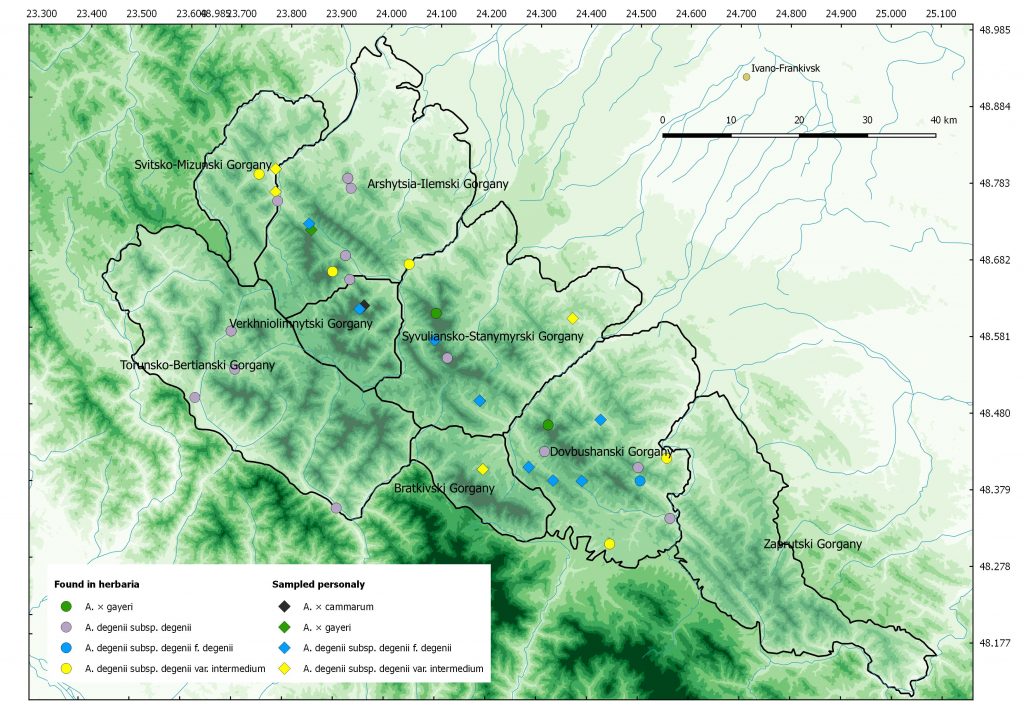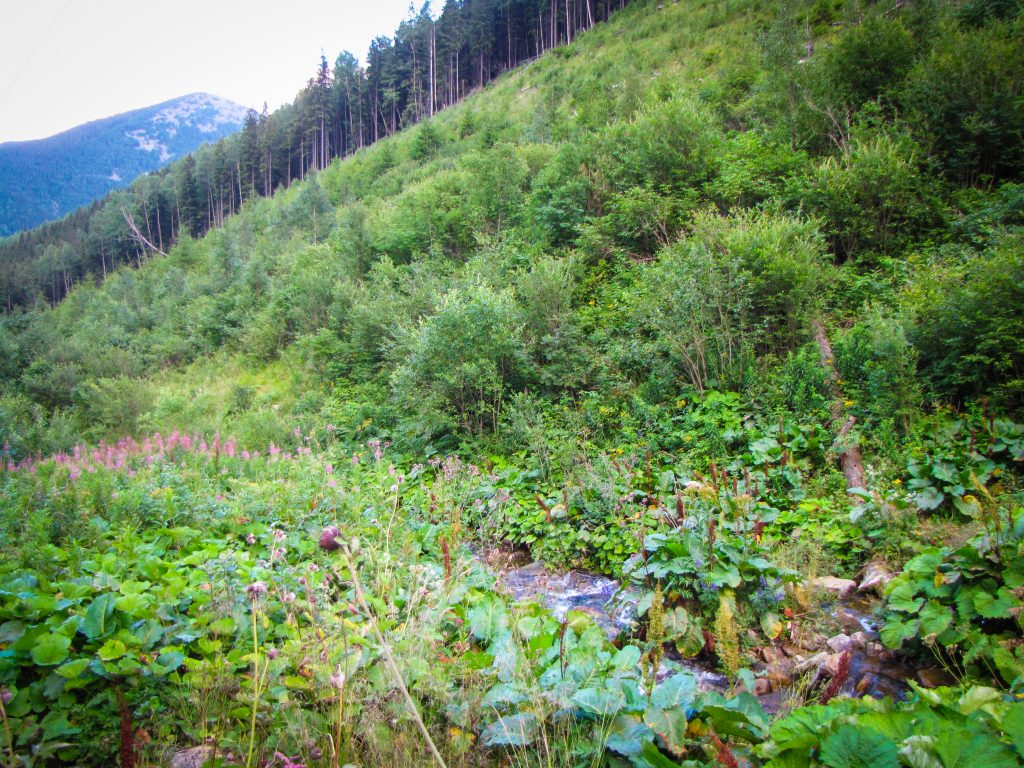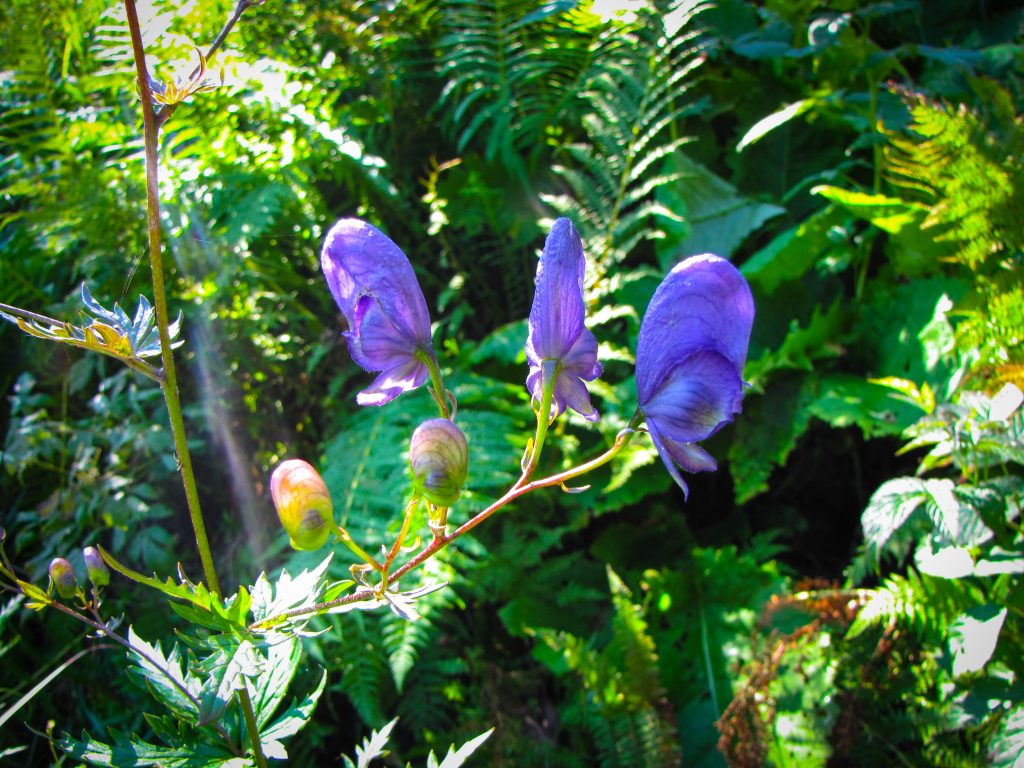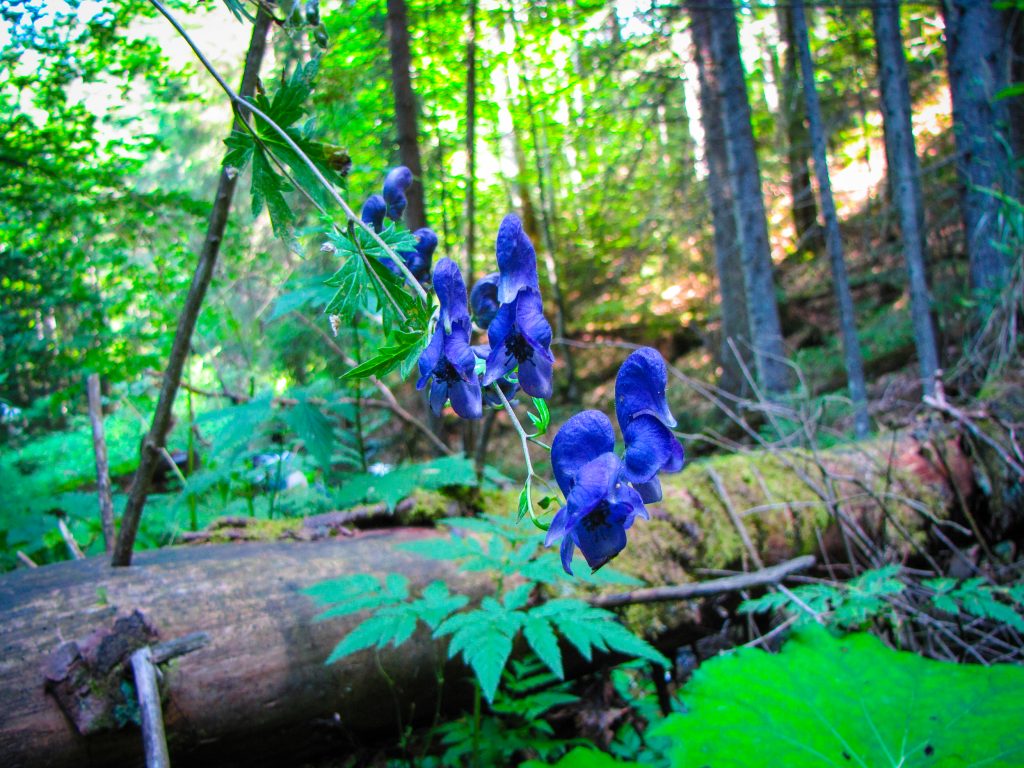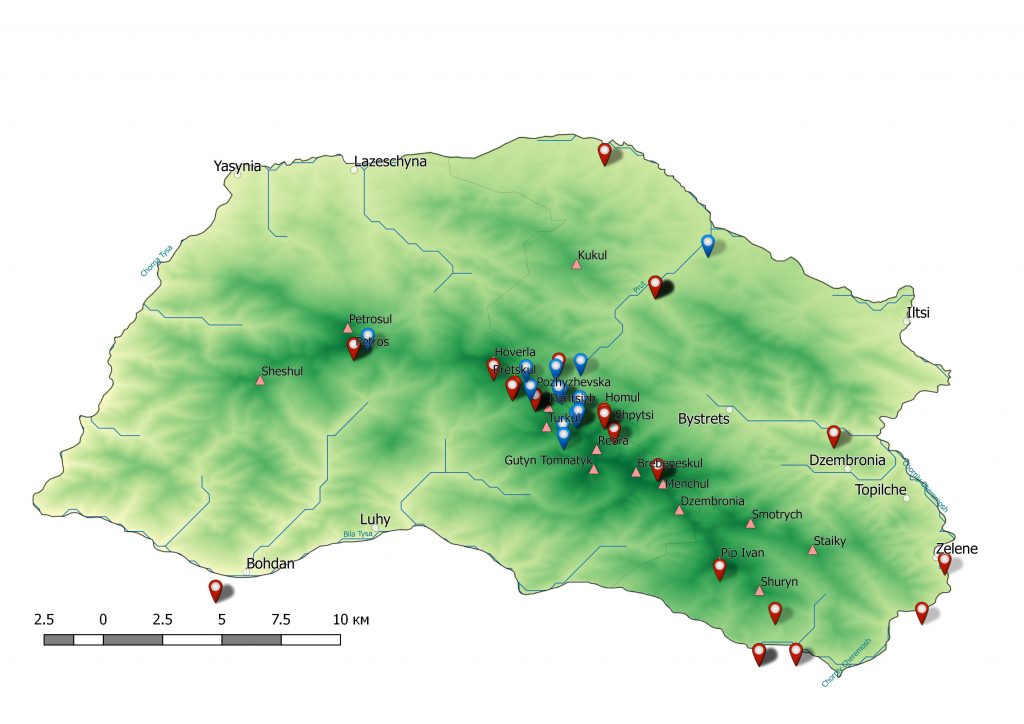Ecological preferences: Scio-heliophytes or helio-sciophytes; hygrophytes or hygromesophytes, rarely mesophytes, or very rarely hygro-helophytes; peracidophils, acidophils or subacidophils.
Distribution and habitats in Ukrainian Carpathians: In Ukrainian Carpathians the species is represented by only one subspecies – A. degenii subsp. degenii which includes two forms (fo. degenii and fo. craciunelense) and one variety (var. intermedium). The last one coresponds to A. × hebegynum, taxonomical status of which was revised and then decreased (Ilnicki & Mitka 2011). This taxon is widely distributed in Ukrainian Carpathians up to subalpine or even alpine belt. It can be often found along the streams, near the lakes, in wet meadows, both in open and semi-shaded places. It mostly grow in large mixed populations together with A. × gayeri. This taxon is confirmed for Chornohora, Chyvchyny, Gryniava, Eastern Beskids, Gorgany, Marmarosh, Svydovets, and Volcanic Carpathians. It takes a part in a lot of communities including Juniperetum sibiricae, Vaccinio myrtilli - Pinetum mughi, Phleo alpini - Deschampsietum caespitosae, Carici remotae - Fraxinetum, Alnetum incanae, Calthetum laetae, Caltho-Alnetum, Dentario glandulosae - Fagetum allietosum, and Ranunculo platanifolii - Adenostyletum alliariae.
Distribution and habitats in Chornogora: In Chornohora Mts. this species very often occurs from submontane up to subalpine belt. There are confirmed 10 local populations which include about 2000 plants. These populations are represented mostly by pregenerative and generative plants and are in general in good condition with normal or invasive type of vitality. In Chornohora Mts. this species mostly is represented in Juniperetum sibiricae, Vaccinio myrtilli - Pinetum mughi, Phleo alpini - Deschampsietum caespitosae, Calthetum laetae, Ranunculo platanifolii -Adenostyletum alliariae, and Calthion communities on haplic fluvisols and leptic cambisols.
Distribution and habitats in Gorgany: One of the most widespread Aconitum taxa in Ukrainian Carpathians, it has also numerous locations in Gorgany. During the 2017 I have found 12 localities of A. degenii holding at least 10000 plants (mostly pregenerative and generative) in total. This species is distributed predominantly in lower altitudes of submontane-montane belts, but can go up to 1400 m a.s.l. along the torrents and paths. In many cases it takes a part in semiruderal and disturbet communities alike and together with A. moldavicum and A. × gayeri. In particular, there it was fixed in Adenostyletum alliariae, Ranunculo platanifolii-Adenostyletum alliariae, Fagion sylvaticae, Rubetum idaei, Caricetum brizoidis, Arunco-Doronicetum austriaci, Stellario nemorum - Alnetum glutinosa, Chaerophylletum aromaticum associations.
Threats: As a result of wide distribution the species is considered as LC taxon. This is definitely not a rare taxon in Ukrainian Carpathians, but it has EN status in Poland (Kaźmierczakowa et al. 2014). Perhaps, there are factors that can reduce the number of A. degenii populations. Among them – changes in hydrological conditions, water clogging by domestic waste, deforestations, and floods which destroys the vegetation cover.
